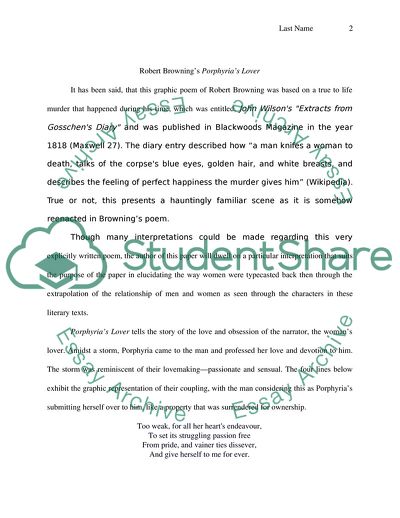Cite this document
(The Nineteenth Century Woman in the Literary Works The Story of an Essay, n.d.)
The Nineteenth Century Woman in the Literary Works The Story of an Essay. Retrieved from https://studentshare.org/literature/1707549-english-literature
The Nineteenth Century Woman in the Literary Works The Story of an Essay. Retrieved from https://studentshare.org/literature/1707549-english-literature
(The Nineteenth Century Woman in the Literary Works The Story of an Essay)
The Nineteenth Century Woman in the Literary Works The Story of an Essay. https://studentshare.org/literature/1707549-english-literature.
The Nineteenth Century Woman in the Literary Works The Story of an Essay. https://studentshare.org/literature/1707549-english-literature.
“The Nineteenth Century Woman in the Literary Works The Story of an Essay”, n.d. https://studentshare.org/literature/1707549-english-literature.


